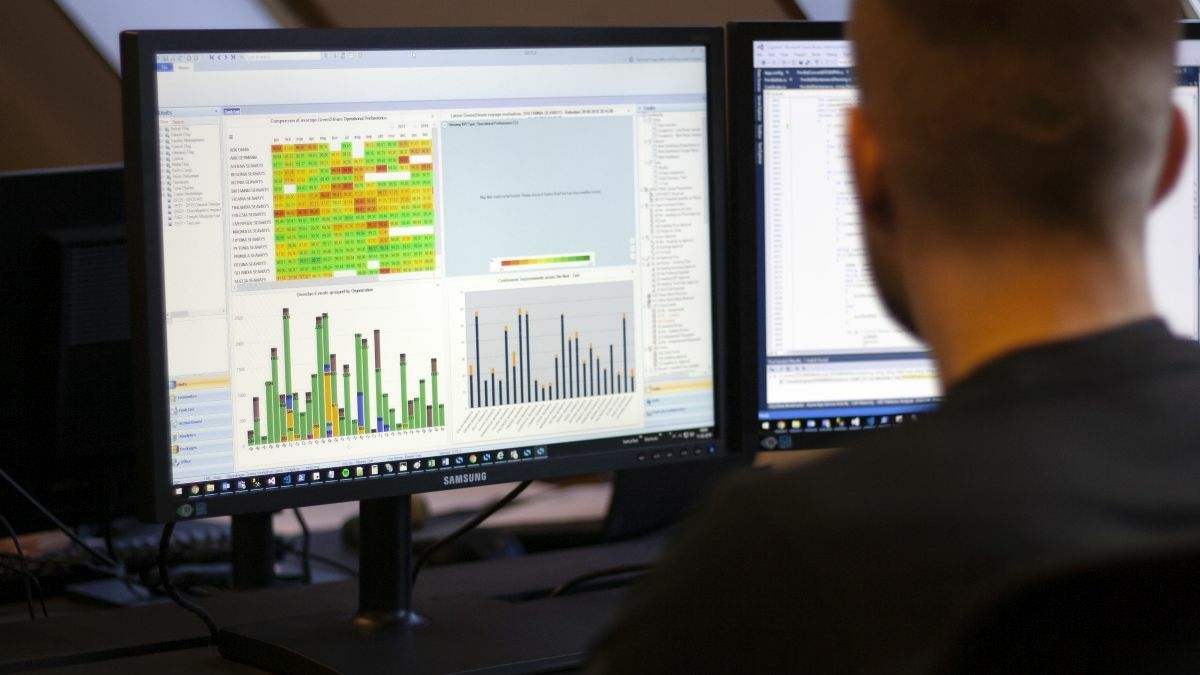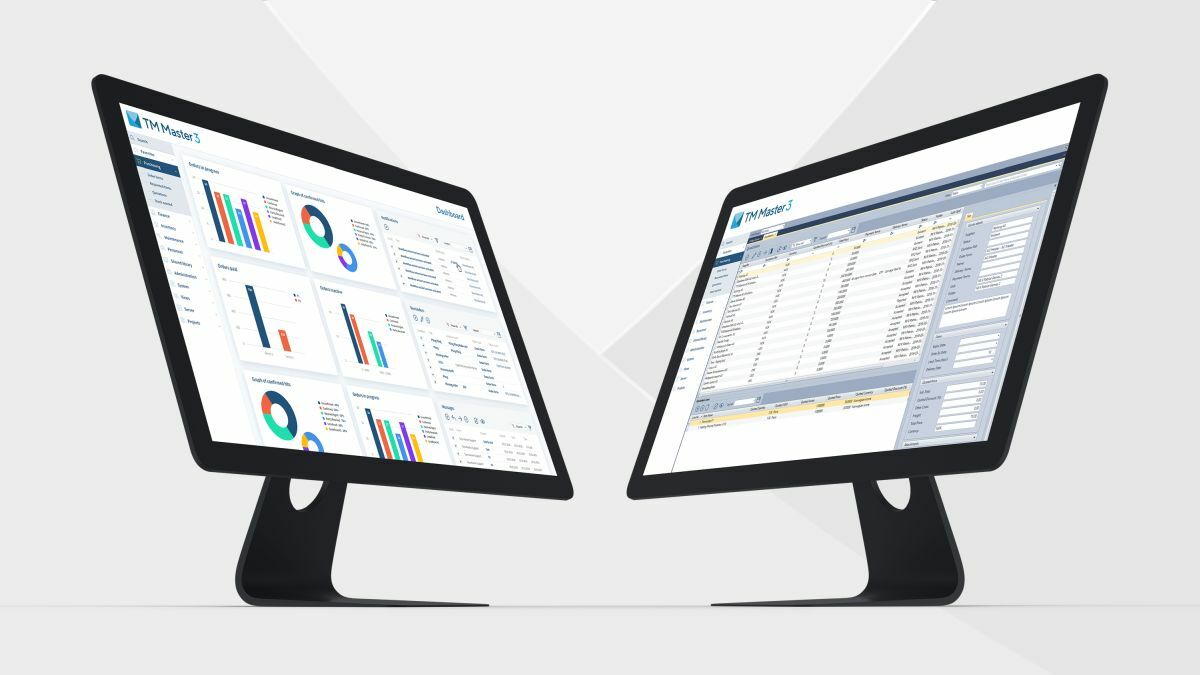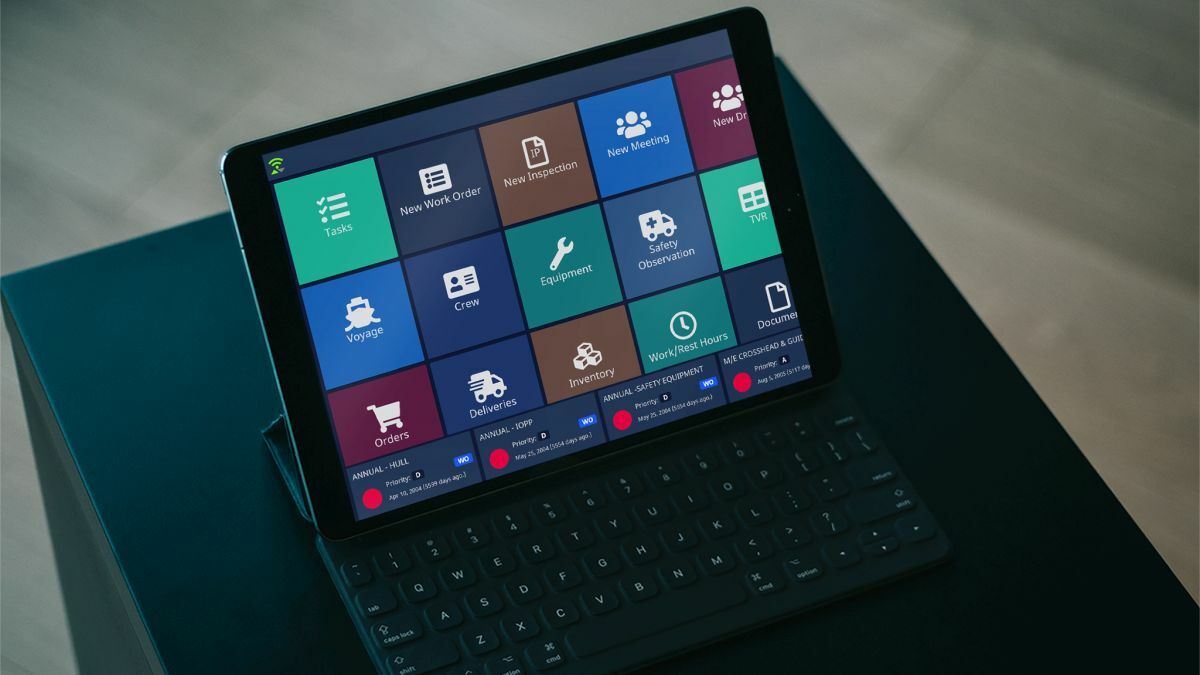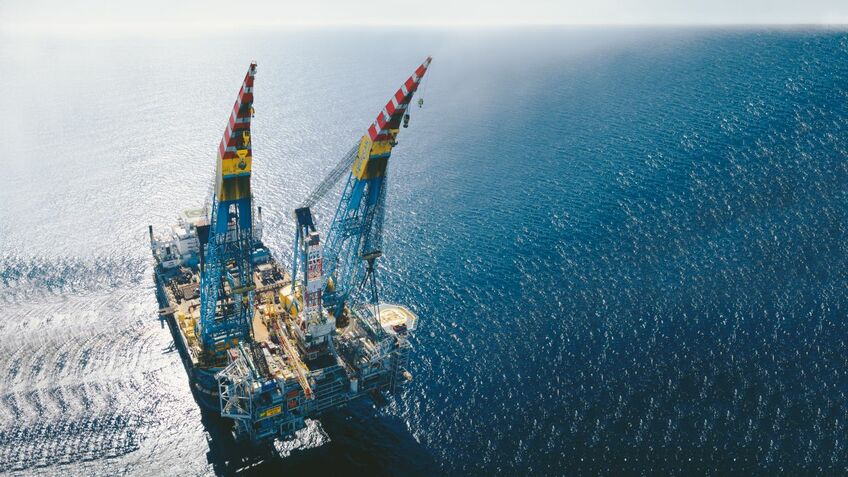Business Sectors
Events
Contents
Fleet management software brings transparency, reduces costs
A new breed of fleet management programs will lower expenditure and emissions while offering stakeholders greater insight into their operations
Offshore support vessel owners, managers and operators are seeing increasing benefits from deploying the latest fleet management software. They are improving vessel performance while reducing energy consumption and gaining greater insight into fleet operations.
Tero Marine is introducing a third version of its successful TM Master fleet management software, featuring an upgraded user interface and improved speed. This version uses advanced coding and programming for improved speed and balance via a new database engine and application server.
Tero Marine chief executive Rune Lyngaas says there will be more functionality and features and better synchronisation between ships and shore, using web-service technology.
“TM Master has always focused on adding value to the planned maintenance and purchasing work for vessel owners,” he says. “Those fully integrated modules will be the backbone of TM Master 3.”
New for TM Master 3
- New coding and technology
- Improved speed and balance from a new database engine and application server with load balancing
- New user interface with more intuitive user experience
- Platform independence, meaning users can access their tasks from multiple platforms
- Multilingual programs
- New synchronisation solution between ship and shore using web service technology
- Possibility of customers designing their own workflow in the software
- More advanced filtering and grids
- Strong business intelligence tools for designing a wide range of reports
- An extensive API library for interfaces
There will also be more features for managing health, safety, environment and quality (HSEQ) requirements. “TM Master 3 will become an even stronger one-stop-product, with enhanced HSEQ and crew functionality,” says Mr Lyngaas.
“We are also including other important features in the new software, such as the possibility of workflow editing, auto-generated processing of tasks, business intelligence tools and key performance indicators (KPIs).”
TM Master 3 will be platform independent, meaning users can access their important tasks through a desktop application, mobile apps or web interface, says Mr Lyngaas.
Vessel operators will be able to use TM Master 3 for budgeting, financial reviews and general planning.
“It will be a software suite to meet future demands for better asset control, overviews of maintenance and procurement activities and full control of HSEQ and crew activities,” says Mr Lyngaas. “There will be a strong focus on security in terms of encryption technology.”
It will also be used for integrating data from more than 50 other providers. TM Master 3 will be available for new installations and for upgrading from existing versions by migrating the data to the new database format.
Tero Marine is testing this new version on vessels operated by existing customers and reviewing its platform. “This pilot phase should be completed towards the end of 2020,” says Mr Lyngaas.
Tero Marine is part of the same group as training companies Seagull and Videotel and document management system developer COEX. Mr Lyngaas expects there to be synergies with these partners in the future. “Training is crucial for seafarers who are using TM Master to document their compliance,” he says. “Similarly, COEX contributes with a full document management system. Document management, revisions and searches are hassles for any shipping company, and this new addition to the group is something all our customers will benefit from,” Mr Lyngaas says.
In February 2020, Tero Marine extended its partnership with maritime and offshore vessel management group OSM Maritime, involving TM Master installations on more than 500 vessels. OSM will use this software for handling maintenance and purchasing activities across its fleet.
TM Master is currently installed on 70 vessels across OSM’s Norway- and Singapore-managed fleets. Under this extended agreement, all vessels with various planned maintenance systems across the OSM fleet would be standardised on TM Master.
OSM chief executive Bjoern Sprotte says aligning software on its managed vessels is important for its digitalisation strategy. “Full insight and transparency by sharing the same level of information between vessels, our offices and our customers are key to enabling data-driven decision making,” says Mr Sprotte.
Fuel management
Monitoring onboard systems and fuel consumption are critical factors to ensure healthy operations. OSV owners and their charterers can monitor fuel consumption on their vessels using Fueltrax technology. They can report emissions to regional authorities to demonstrate their environmental credentials.
Fueltrax is a registered trademark of Nautical Control Solutions. It monitors and measures fuel flow and this data is stored on a cloud-based facility. There, the Fuelnet service analyses fuel consumption data to provide advice to owners and operators to help optimise vessel performance and reduce fuel costs.
As marine fuel oil costs rise “every drop of fuel matters”, says Fueltrax vice president for operations John Donovan.
“Early adopters of Fueltrax are ahead of the curve as our system possesses multiple control measures to mitigate the rising cost of fuel,” he explains.
These vessel operators can also provide fuel consumption and emissions information using Fueltrax to the European Union’s (EU) Monitoring Reporting and Verification (MRV) regulation requirements and IMO Data Collection System (DCS).
In December 2019, Fueltrax was certified by Verifavia Shipping to provide MRV and DCS reporting, saving vessel operators time and costs when verifying and reporting to the EU and IMO.
“We can offer compiling and generating of MRV and IMO DCS reporting to help fleets collect this additional data for IMO 2020 compliance and for their own carbon output analysis,” says Mr Donovan.
Annual data is compiled into an emissions report submitted to an accredited MRV shipping verifier. Fueltrax provides tools to help verify that vessel operators are meeting the regulatory needs of EU MRV and IMO DCS. Fueltrax analysts produce a report for regulators based on the whole fuel consumed in an entire year.
Verifavia provides independent verification and certification of fuel consumption reports. Its chief operating officer and technical vice president Nicolas Duchêne says third-party verification provides vessel operators with assurance that they meet the highest standards in emissions monitoring and reporting.
“Owners and operators need confidence in the system they choose to review their fuel data,” Mr Duchêne says. “Fueltrax optimises fleet-wide reporting while minimising resource and costs.”
Condition-based class
ABS Nautical Systems (NS) was instrumental in P&O Maritime’s testing of the ABS Condition Based Class programme on a platform supply vessel (PSV). Its NS Enterprise fleet management system was at the heart of ABS’s pilot project on PSV DMS Courageous.
“NS Enterprise will facilitate condition-based maintenance activities and help deliver faster and more accurate planned maintenance data,” says ABS NS president Stephen Schwarz.
This project will be delivered in three progressive phases, with this trial being an initial stage.
“This will focus on improving alternative means of compliance verification, then expand to applying remote survey techniques,” says Mr Schwarz.
“These predictive capabilities will transform the class process, creating improved efficiencies in onboard surveys and enabling owners and operators to apply advanced business intelligence to improve their processes and performance.”
ABS NS is developing mobile applications to support onboard operations and information delivery ashore. “NS mobile apps are designed to integrate with each other and make data available in real time for users,” says Mr Schwarz.
ABS offers five NS mobile applications:
- NS Superintendent gives managers control over work and approvals.
- NS Workboat provides operational compliance with checklists and audits for onboard operations.
- NS Vessel enables seafarers to view daily tasks, inspections and checklists.
- NS Inspection provides customisable inspection checklists to support audit preparation.
- NS Docs provides onboard access to company-controlled documents.
Technical fleet management
OSV owners, such as North Star Shipping and Esvagt, use Logimatic’s Sertica software to optimise technical fleet management. The benefits to owners include transparency of operations, streamlined workflows and stable data exchange, says Logimatic head of sales Hans Christian Jensen.
Sertica brings information on inspections, vettings, near-misses and risk management into a single HSEQ module. Owners and managers can track all incidents, audits, non-conformities and corrective actions in one place, says Mr Jensen.
“From a procurement perspective, management is able to make better budgets and estimates – they have a complete overview of who is spending what,” says Mr Jensen.
Related to this Story
Women in Maritime Today: Elin Saltkjel says no day working in maritime is dull
Events
Maritime Environmental Protection Webinar Week
Cyber & Vessel Security Webinar Week
The illusion of safety: what we're getting wrong about crews, tech, and fatigue
Responsible Ship Recycling Forum 2025
© 2024 Riviera Maritime Media Ltd.

















